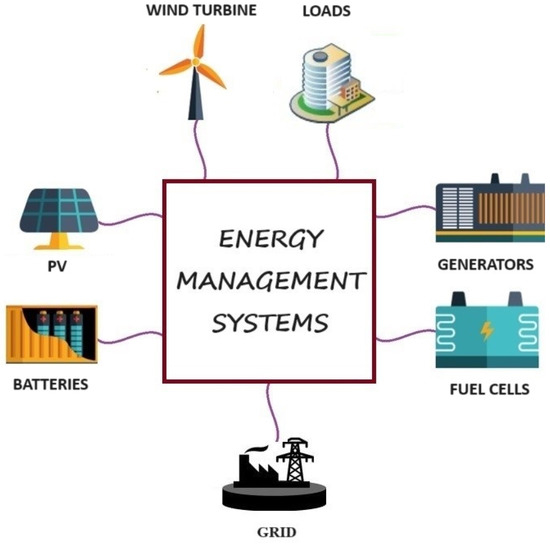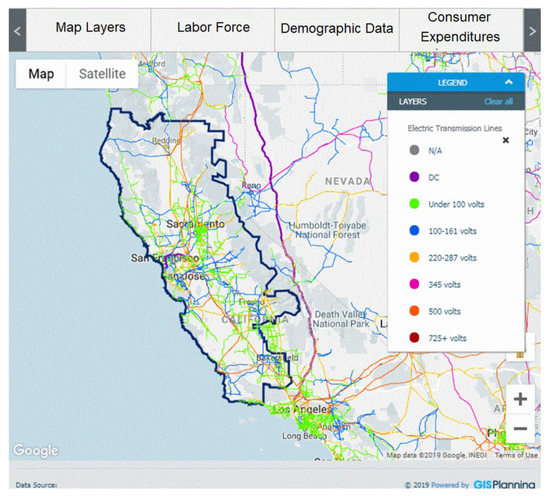Distributed Energy Systems
A topical collection in Applied Sciences (ISSN 2076-3417). This collection belongs to the section "Energy Science and Technology".
Viewed by 8437Editor
Interests: renewable energy; electricity storage; advanced batteries models; net metering; energy management; optimization algorithms
Special Issues, Collections and Topics in MDPI journals
Topical Collection Information
Dear Colleagues,
Distributed energy systems (DES), also called distributed generation or on-site generation when referring to electricity supply, refers to the electrical generation performed by a variety of small, grid-connected, or distribution system-connected devices, rather than transmitting energy over the electric grid from a large, centralized facility. This kind of systems use renewable energy (photovoltaic, wind power, small hydro, biomass, etc.) but they can also use fossil-fuel technologies (diesel generator, etc.), with power typically lower than 10 MW and in many cases hybrid systems (multiple generation and storage components) are used. Waste-to-energy, combined heat and power (CHP), and storage (batteries or other kinds of storage) are also included in this kind of system. DES increase energy efficiency, reduce carbon pollution, improve grid resiliency and security of supply and curtail the need for new transmission investments. Microgrids (localized, small-scale grids) are DES systems, strengthening grid resilience, and helping mitigate grid disturbances. They can disconnect from the centralized grid and operate in off-grid mode.
Taking into account all the above, this Special Issue is dedicated to any topic related to “Distributed Energy Systems”, grid-connected or off-grid systems, using renewable, fossil-fuel technologies or hybrid systems, with or without storage. It includes modeling, control, protection, operation, sizing, simulation, optimization, grid stability, and other issues, considering technical, or environmental aspects.
Prof. Dr. Rodolfo Dufo-LópezCollection Editor
Manuscript Submission Information
Manuscripts should be submitted online at www.mdpi.com by registering and logging in to this website. Once you are registered, click here to go to the submission form. Manuscripts can be submitted until the deadline. All submissions that pass pre-check are peer-reviewed. Accepted papers will be published continuously in the journal (as soon as accepted) and will be listed together on the collection website. Research articles, review articles as well as short communications are invited. For planned papers, a title and short abstract (about 100 words) can be sent to the Editorial Office for announcement on this website.
Submitted manuscripts should not have been published previously, nor be under consideration for publication elsewhere (except conference proceedings papers). All manuscripts are thoroughly refereed through a single-blind peer-review process. A guide for authors and other relevant information for submission of manuscripts is available on the Instructions for Authors page. Applied Sciences is an international peer-reviewed open access semimonthly journal published by MDPI.
Please visit the Instructions for Authors page before submitting a manuscript. The Article Processing Charge (APC) for publication in this open access journal is 2400 CHF (Swiss Francs). Submitted papers should be well formatted and use good English. Authors may use MDPI's English editing service prior to publication or during author revisions.
Keywords
- Distributed generation
- Distributed energy resources
- Microgrids
- Renewable energy
- Storage
- Electricity supply
Planned Papers
The below list represents only planned manuscripts. Some of these manuscripts have not been received by the Editorial Office yet. Papers submitted to MDPI journals are subject to peer-review.
1.
Title: Improving radar-based obstruction light controlling efficiency in wind farms by introducing advanced filter technologies
Authors: Dr. Jørgensen, Dr. Tambo, and Dr. Xydis








